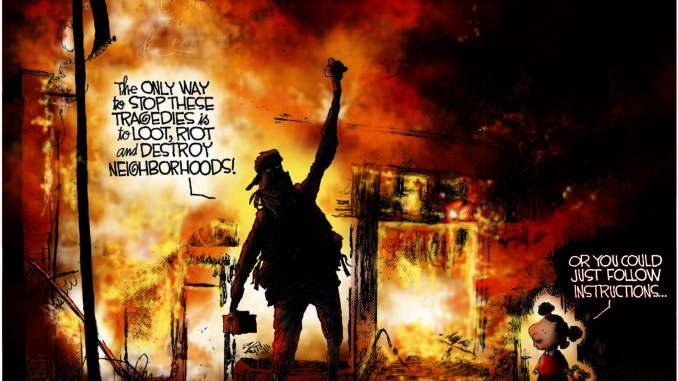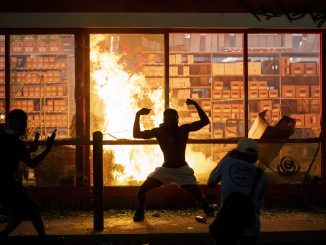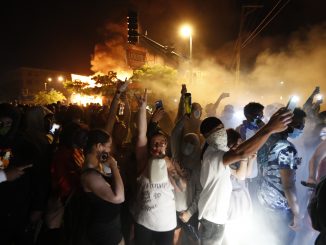
 When tragedy occurs in this country, whether it be a mass shooting or an officer-involved death, there is a tendency on the left to rush to judgment before all the facts are known and to use the emotional nature of the situation to try to enact policy changes they’ve been unsuccessful with in the past.
When tragedy occurs in this country, whether it be a mass shooting or an officer-involved death, there is a tendency on the left to rush to judgment before all the facts are known and to use the emotional nature of the situation to try to enact policy changes they’ve been unsuccessful with in the past.
“You never want a serious crisis to go to waste. And what I mean by that is an opportunity to do things that you think you could not do before,” said Rahm Emanuel, who was tapped to be then-President-elect Barack Obama’s chief of staff in November 2008.
Mob rule is oftentimes the method by which public figures are “persuaded” into enacting those changes.
We saw this exact scenario take place in Minneapolis after the death of George Floyd last year.
The radical Black Lives Matter activists, who were already proponents of defunding the police, used the tragedy of Floyd’s death to incite riots in the streets. Entire city blocks were destroyed in what looked like scenes from a war zone.
“No justice, no peace” was a common refrain heard at the time, which meant that if the activists didn’t see the type of “justice” they wanted for the officers who took Floyd into custody, including Derek Chauvin — who had his knee on Floyd’s neck for over 9 minutes — they were going to continue to inflict pain on the city.
City officials responded accordingly, with a vote to begin the process of defunding the police. It wasn’t an 100% defunding, but the idea was to “reimagine” policing by giving less money to police departments and more to community leaders.
It was a bad idea. Though the defunding has yet to formally take place (there is a process to defunding the police in Minneapolis that involves more than just the city council), the morale of the city’s police officers took a serious hit. A wave of resignations hit in the weeks after the vote.
The message the city sent in trying to please the mob of left-wing activists rang loud and clear, with violent criminals who responded accordingly. As a result, violent crime rose by 21% in 2020.
A similar situation is starting to play out in Brooklyn Center, Minnesota, which is a suburb of Minneapolis.
Barely a week ago, there was an officer-involved shooting death in Brooklyn Center. 20-year-old Daunte Wright was shot and killed by Officer Kim Potter in what the police are saying was an “accidental” shooting during what was reportedly a routine traffic stop.
The predictable rioting and chaos ensued, but what made it worse was the reactions of the city’s leaders. City Manager Curt Boganey was booted from his job the following day by the city council for having the nerve to suggest Potter deserved due process. One council member admitted on record that she voted to fire Boganey, because she feared rioters would retaliate against her personally.
The council also voted to put Mayor Mike Elliott in charge of the police department, which happened as rumors swirled that they wanted the police chief, Tim Gannon, out. Gannon resigned the following day after being badgered by so-called reporters for, among other things, calling the riots “riots.”
Two days after the shooting, Elliott told reporters he did not believe police officers should always be armed during traffic stops.
“I don’t believe that officers need to necessarily have weapons every time they’re making a traffic stop,” he stated.
The decisions being made in Brooklyn Center appear to be a direct response to the mob of rioters who have taken over. The parallels between what is happening there now and what happened in Minneapolis are unmistakable.
Mob rule is not the appropriate response to a tragedy — it wasn’t last year after George Floyd’s death, and it isn’t this year in the aftermath of Daunte Wright’s.
Media analyst Stacey Matthews has also written under the pseudonym Sister Toldjah and is a regular contributor to RedState and Legal Insurrection.


